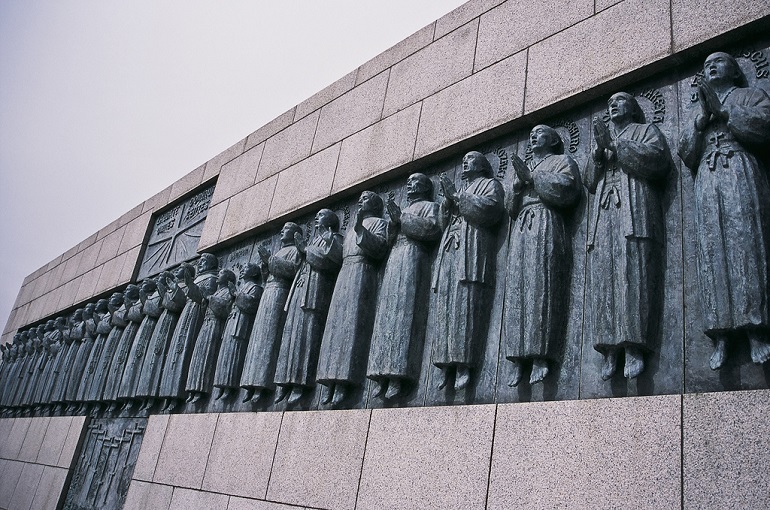
A museum telling the story of Christian persecution in Japan has opened within the premises of Japan’s oldest standing church, in Nagasaki.
The facility in a former seminary and bishop’s residence, forms part of the Catholic Oura Church, and has been renovated. It recounts the introduction of Catholicism, its violent suppression in the early 1600s, and the more than two centuries during which Christians had to hide their faith from authorities.
Among the items on exhibit is the Maria Kannon, a Buddhist figure representing the Virgin Mary, which underground Catholic Christians used for worship.
“I thought Christianity had once been completely wiped out in Japan. I was surprised to learn that people in Nagasaki continued to uphold the faith”, 29-year-old Natsumi Sator, one of the first visitors to the museum that opened on 1 April, told the Japan Times.
During the Tokugawa Shogunate, from 1614 to 1867, Christianity was outlawed and the ban was lifted only after a change of government in 1873.
In 1962 a museum was opened in memory of 26 missionaries and Japanese lay believers who were crucified in Nagasaki in 1597. In 2017, Japan’s era of ‘hidden’ Christianity was dramatised in the film “Silence”, which was nominated for several Academy Awards in the United States.